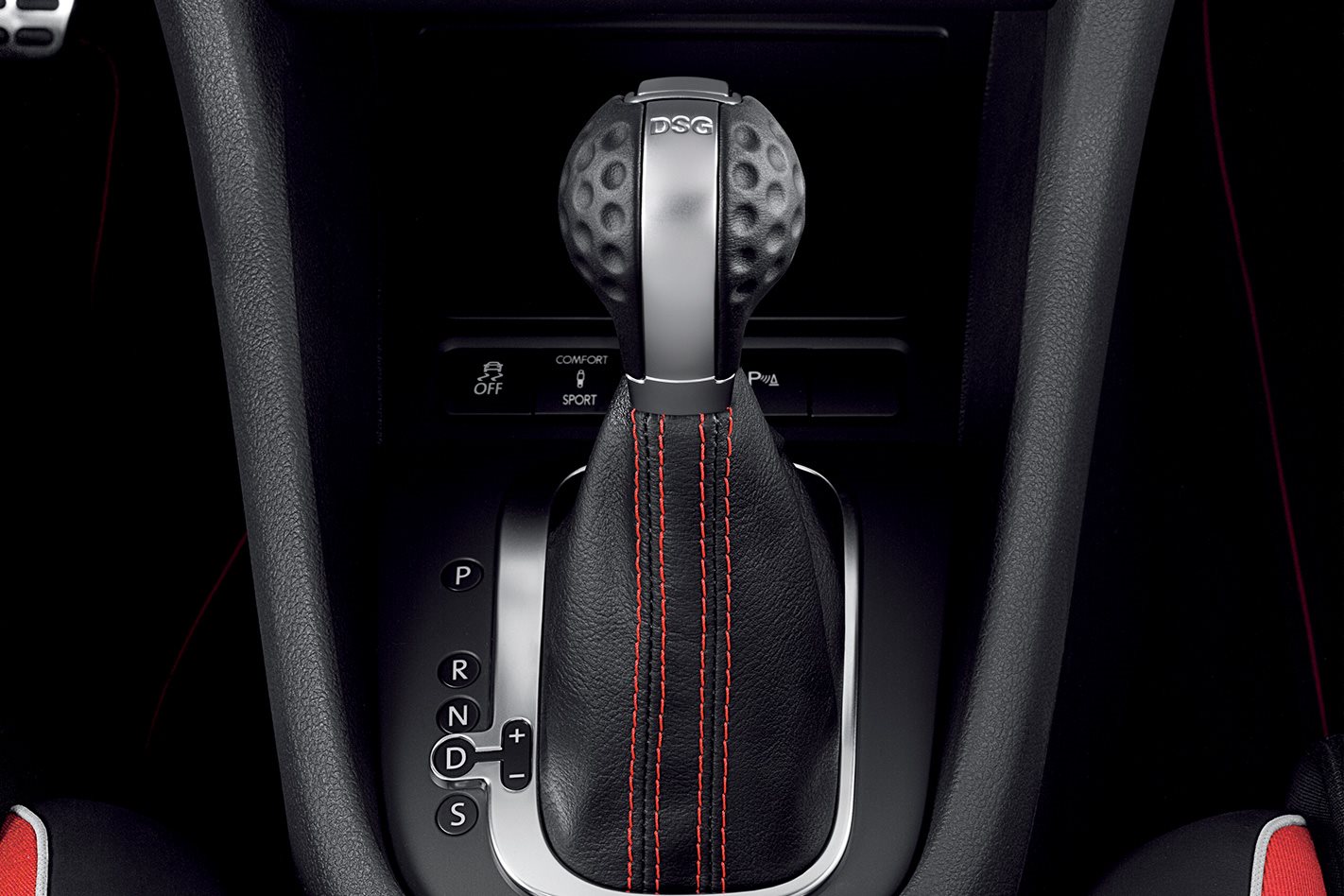
DSG, DCT, PDK, SMG; call it what you like, but direct-shift gearbox technology is big news in cars right now.
So what is it?
It’s a way of making a car as easy to drive as a normal automatic, but with the efficiency of a manual transmission. In a nutshell, the DSG (let’s stick with that acronym) is, in fact, a conventional manual gearbox inside with either one or two clutches (the twin-clutch is a later, more sophisticated version). But instead of relying on the driver to push the clutch pedal and select the gears, a computer does all that for you. They’re sometimes called `robotised manuals’ for that reason.
So the DSG car has just a throttle and a brake pedal making it simple to drive, but doesn’t have the fuel consumption penalty of a conventional automatic gearbox.
Those are the advantages, but the downsides are there too. In some cases, the shift quality (particularly in early, single-clutch designs) was pretty awful. But even the later twin-clutch units can be a bit jerky on take-off. There have also been some monumental reliability problems with this technology and Ford, for one, has dumped it in favour of an old-fashioned automatic in its Focus range. Volkswagen has had epic dramas with it too involving recalls. It could be a technological blind alley a few years from now; in affordable cars, anyway.
Now find out how to brake in an emergency stop.



